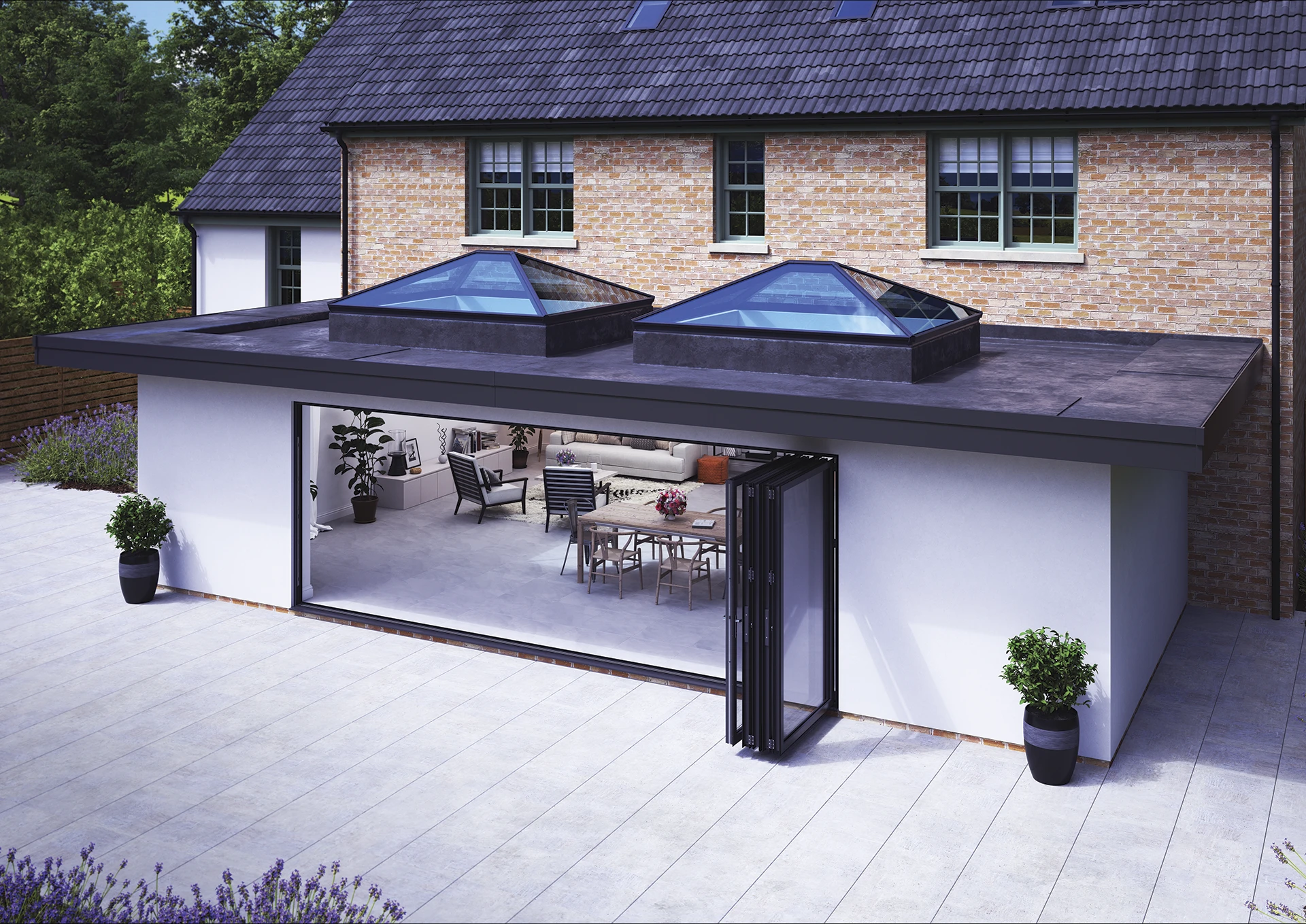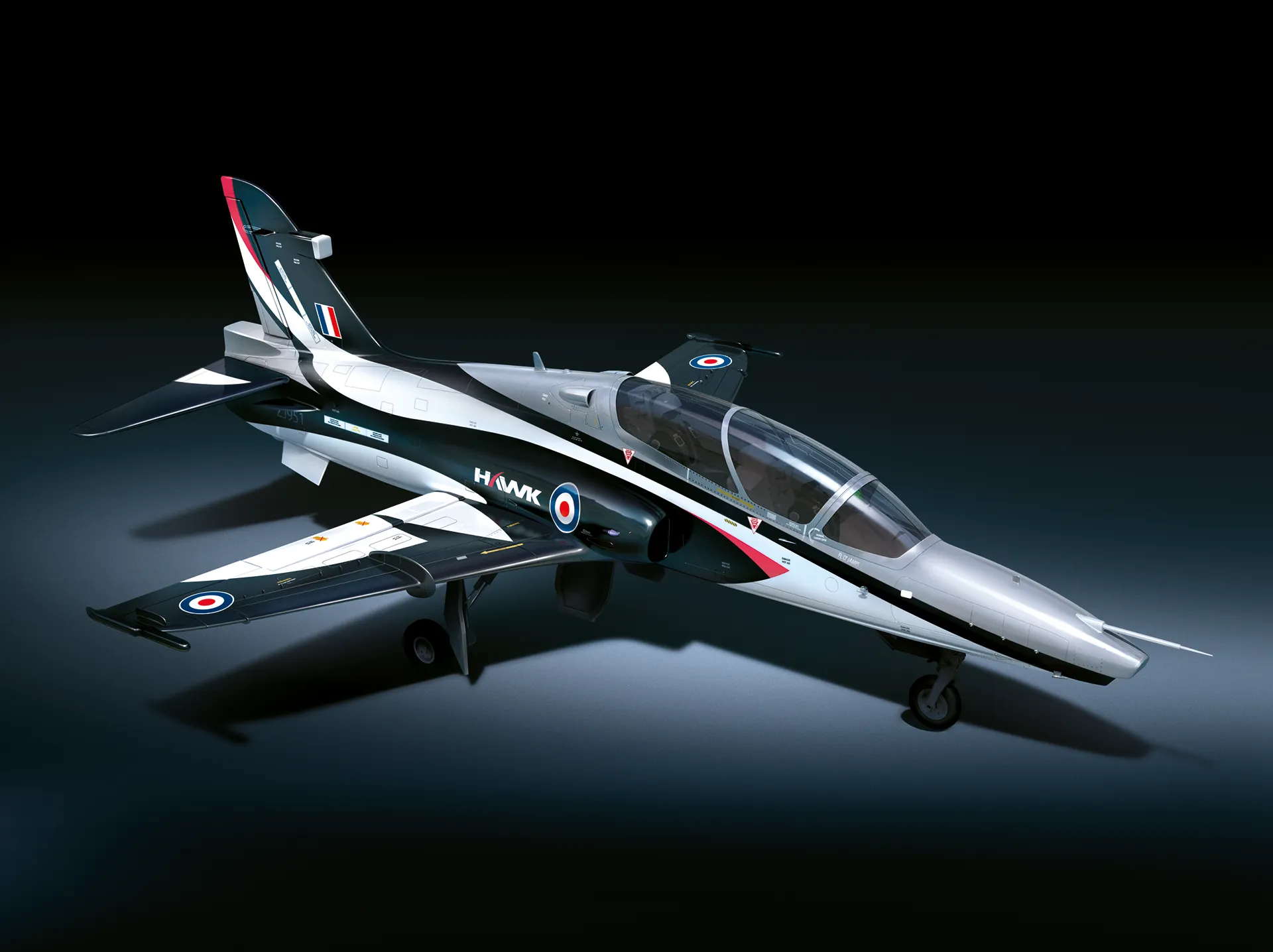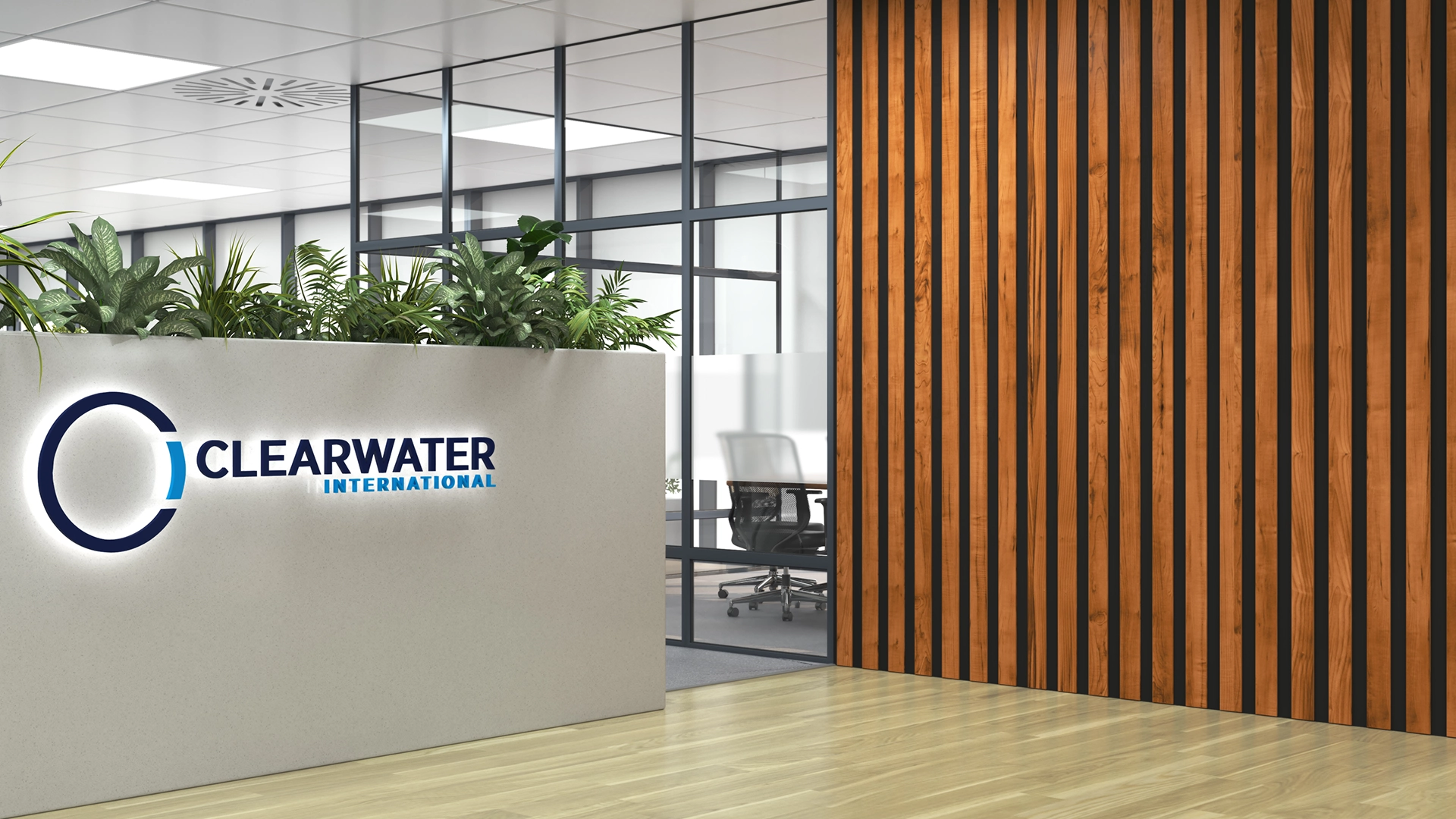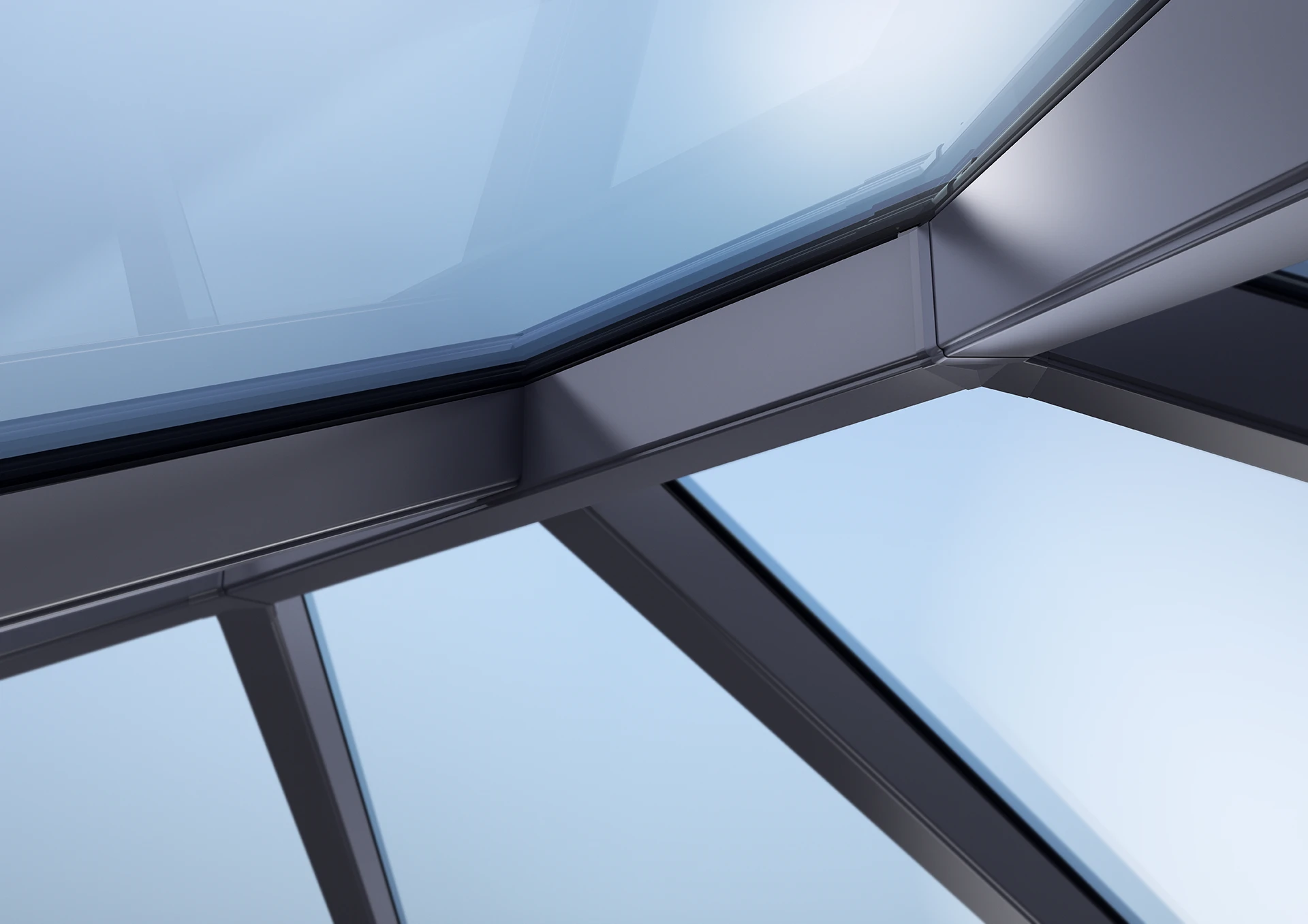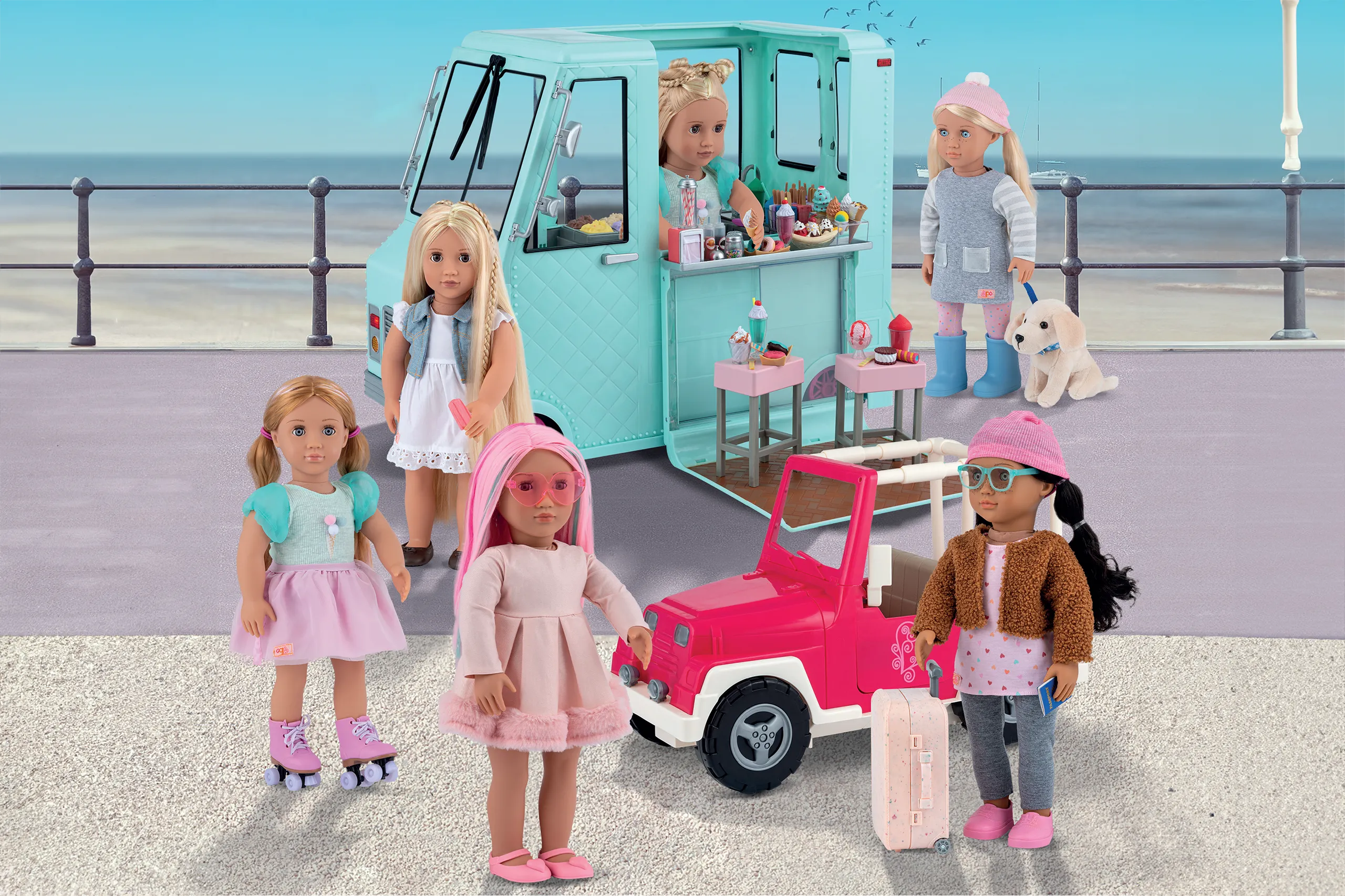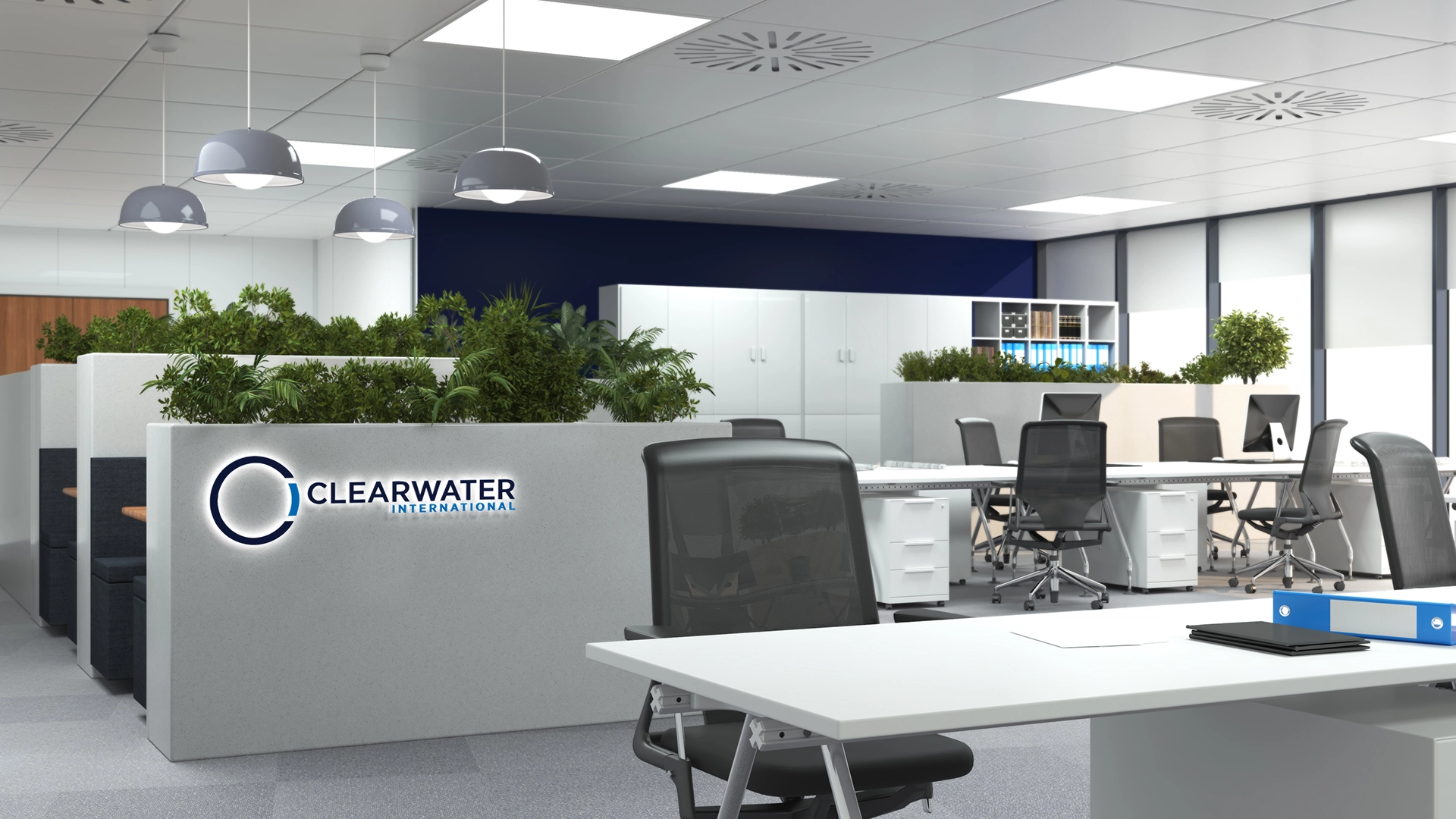A rebrand to reflect Korniche’s engineering excellence
CGI Graphics
If you need to make complex technical and scientific subject matter understandable then CGI graphics could help. CGI images help complex and technical content become easier to understand. As well as helping resonate with your audience. Whether it’s a detailed process film, cutaway imagery or photorealistic CGI rendering, our CGI agency services deliver exciting and informative visual experiences.
What can we offer and why us?
You need a CGI agency that can help you communicate your complex ideas using creative and powerful imagery. At Think, we are ready to support you with this. Our Computer Generated Imagery (CGI) partner can assist you in many ways to deliver exciting and informative visuals such as:
- Fly-through or explainer videos
- Product 360
- Interior, exterior and environment
- Advertising
Our talented CGI experts have experience in creating engaging visuals for your audience. We aim to deliver professional-quality results that will captivate your audience.
We help businesses and brands to create truly impactful visual content. Get in touch with us to get started on creating dynamic and engaging visuals for your next project.
What’s the process?
Pre-production
Stage 2Modelling
Stage 3Rigging and Animation
Stage 4Lighting and Rendering
Stage 5Post-Production
1. Pre-production
This is the initial stage where ideas are brainstormed, and the vision for the CGI project is established. We will provide a detailed planning of the project including research on references, design specifications and creating a project timeline. Our team will then create a storyboard to visualise the sequence of scenes, camera angles and key moments.
2. Modelling
We will create 3D models of characters, environments and objects using software best suited to the job at hand. We then apply textures to the 3D models to give them colour and detail, known as UV mapping.
3. Rigging and Animation
We bring the the 3D models to life by creating motion. This is done using keyframe animation or motion capture techniques.
4. Lighting and Rendering
Setting up lighting to create the desired mood and atmosphere. This involves placing light sources, adjusting their intensity, colour, and shadows.
Rendering: Converting the 3D scenes into 2D images or animations. Render engines like Arnold, V-Ray or Blender’s Cycles are used to process the scene, considering lighting, textures and camera angles to produce the final output.
5. Post-Production
Compositing: Combining multiple rendered images or sequences to create the final output. This can involve layering different elements, adding visual effects and refining the overall look. We use software like After Effects or Nuke for compositing.
Editing and Final Touches: Applying final adjustments such as colour correction, adding sound effects and editing the sequence into a coherent final product. Video editing software like Adobe Premiere Pro or Final Cut Pro is typically used in this stage.
Output and Delivery: Exporting the final CGI in the required format (e.g., video files, image sequences) and preparing it for distribution or integration into the larger project.
